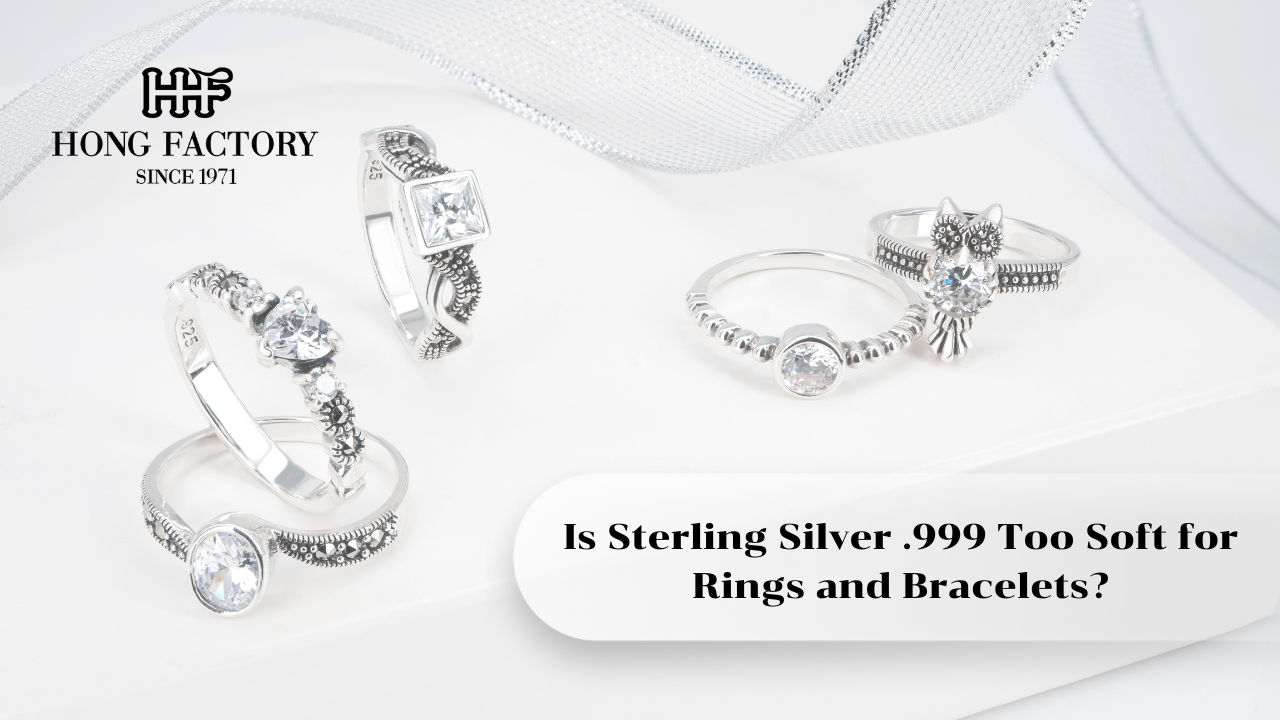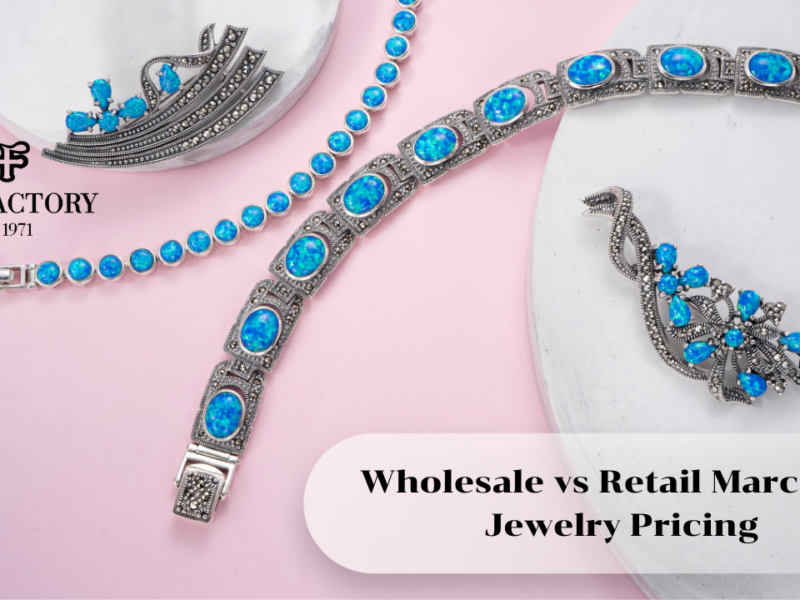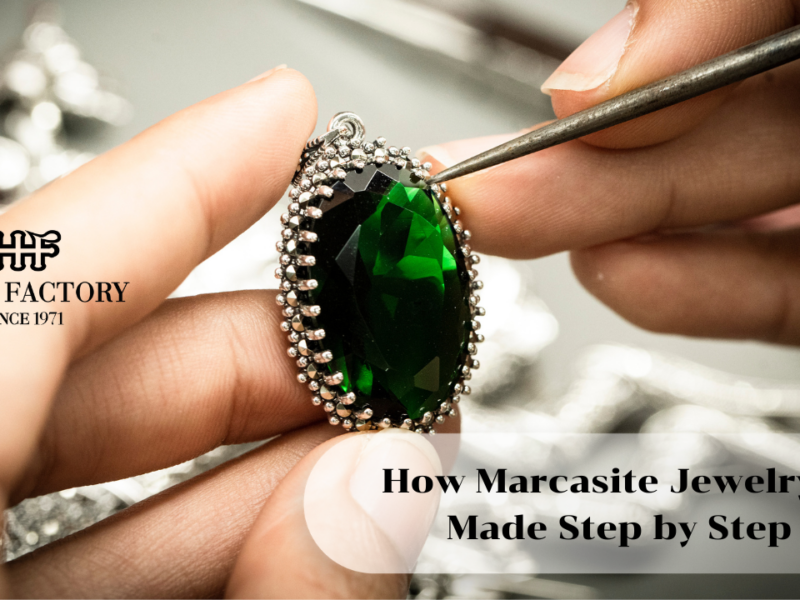Silver has been cherished for centuries for its radiant glow and timeless charm. However, not all silver jewelry is created equal. One common question among jewelry lovers is whether sterling silver .999 often called fine silver is suitable for crafting durable pieces like rings and bracelets. This article explores what “Is Sterling Silver .999” really means and whether it’s too soft for everyday jewelry such as rings and bangles. Marcasite stone
Understanding What .999 Silver Means
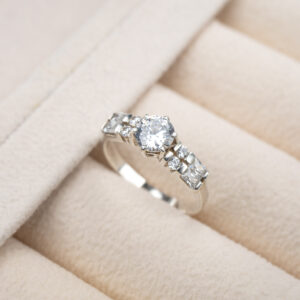
The term .999 silver refers to silver that is 99.9% pure. It’s the highest grade of silver available, with only trace amounts of impurities. Because of its purity, it’s often used for investment bars, coins, and collectible items rather than for wearable jewelry.
In comparison, .925 sterling silver contains 92.5% silver and 7.5% other metals most commonly copper. This alloying process increases the metal’s hardness, making it far more durable for rings, chains, and bracelets that experience constant friction and movement.
While both are genuine silver, their properties and practical uses are quite different.
Is Sterling Silver .999 Too Soft for Jewelry?
Yes, .999 silver is generally too soft for rings and bracelets that are meant to be worn daily. Its nearly pure composition makes it malleable, meaning it can bend or dent easily under pressure. Jewelry made from .999 silver is more likely to lose shape over time, especially when exposed to the stress of frequent wear.
This softness limits its use to specific types of jewelry mainly pendants, earrings, or artistic pieces designed for occasional wear or display. In contrast, .925 sterling silver is durable enough to maintain its form while still showcasing silver’s elegant shine.
Why Fine Silver (.999) Is Soft
The softness of .999 silver comes from its atomic structure. Pure silver atoms are arranged in a way that allows them to slide past each other easily under stress. Without any strengthening metals like copper, the metal doesn’t have the rigidity needed for robust jewelry.
As a result, rings and bracelets made from .999 silver are prone to:
- Scratches and dents.
- Warping or bending over time.
- Losing their polished finish from frequent contact.
For this reason, jewelers prefer using .925 sterling silver for durable designs that can withstand everyday use.
When .999 Silver Works Well
Even though .999 silver is soft, it has its place in the jewelry world. It’s often used for:
- Artisan or handcrafted pieces that highlight craftsmanship.
- Statement jewelry worn occasionally rather than daily.
- Collectible pendants or earrings that experience minimal wear.
- Luxury limited editions valued for purity and beauty.
In these cases, the softness of .999 silver isn’t a disadvantage it enhances the artistry, allowing for smooth finishes and intricate detailing.
Why .925 Sterling Silver Is Preferred for Rings and Bracelets
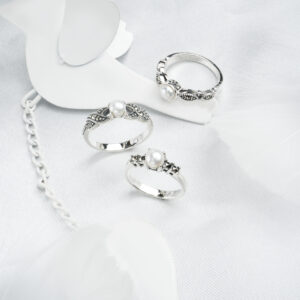
Rings and bracelets undergo constant wear they’re touched, rubbed, and occasionally bumped against hard surfaces. That’s why most jewelers rely on .925 sterling silver, which strikes the ideal balance between durability and elegance.
The added copper in sterling silver improves hardness while maintaining silver’s bright, lustrous appearance. This makes it resistant to:
- Bending or breaking.
- Deforming under pressure.
- Losing gemstones from settings.
Sterling silver jewelry can last for decades with proper care, which is why it remains the most popular choice for everyday pieces.
Maintenance and Care Differences
Although .999 silver is purer, it’s not necessarily easier to maintain. It resists tarnish slightly better than .925 silver because it lacks copper, but it still needs gentle care to avoid scratches. Fine silver jewelry should be stored in soft pouches and polished with non-abrasive cloths.
Sterling silver, on the other hand, is more forgiving. While it tarnishes faster, it can easily be cleaned and polished to restore its shine. Regular care ensures that sterling silver rings and bracelets retain their beauty for years.
Value Comparison Between .999 and .925 Silver
When it comes to material value, .999 silver is worth slightly more because it contains more pure silver per ounce. However, jewelry value isn’t based on purity alone it also depends on design, craftsmanship, and usability.
A beautifully crafted sterling silver bracelet from a reputable jeweler can be worth more than a plain .999 silver bangle simply because it’s more functional and wearable. For most consumers, durability and aesthetics outweigh minor differences in purity.
Choosing the Right Type for Your Jewelry
If you’re deciding between .999 and .925 silver for rings or bracelets, consider how you’ll use them:
- Choose .925 sterling silver for daily wear, as it offers the ideal combination of strength and elegance.
- Choose .999 fine silver for collector pieces, special occasions, or artistic jewelry meant for display.
Ultimately, the decision depends on whether you value purity or practicality more.
So, is sterling silver .999 too soft for rings and bracelets? The answer is yes for most wearers, it is. While .999 fine silver offers unmatched purity and brilliance, its softness makes it impractical for jewelry that faces daily wear and tear.
For lasting beauty, .925 sterling silver remains the superior choice. It provides durability without sacrificing elegance, ensuring your rings and bracelets stay stunning for years. Fine silver, meanwhile, continues to shine in the world of collectible and artistic jewelry, where purity is celebrated above all else.
